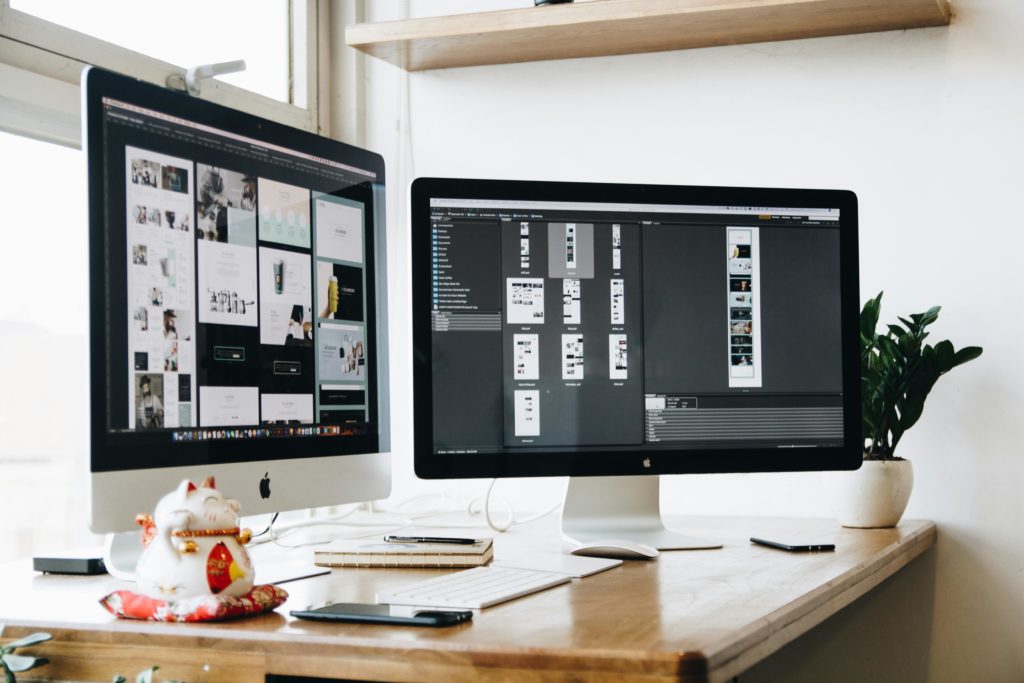Commercial Feature
Design Logo That Speaks for Your Brand: A Complete Guide

A logo is more than just a pretty image—it’s the face of your brand. Whether you’re starting a new business, launching a product, or refreshing your company’s image, designing a logo is a crucial step in building brand identity. It’s the first impression customers have of your business, and ideally, it should be simple, memorable, and aligned with your brand’s values.
In this article, we’ll walk you through the key elements of a successful logo and how you can design a logo that truly represents your brand.
Why Is a Logo Important?
A well-designed logo:
- Creates brand recognition: Think of the Nike swoosh or Apple’s bitten apple—simple, but instantly recognizable.
- Builds trust: A professional logo communicates credibility and signals to customers that you’re serious.
- Differentiates you: Your logo helps set you apart from competitors in a crowded market.
- Tell your story: Through color, shape, and typography, a logo can convey your brand’s personality and mission.
Steps to Design Logo That Works
Whether you’re using a DIY logo maker or hiring a professional designer, here are the steps to follow when creating your logo:
1. Understand Your Brand
Before sketching any design, know your brand inside out. Ask yourself:
- What does your business stand for?
- Who is your target audience?
- What emotions do you want your logo to evoke?
This understanding will guide every design decision, from color to font.
2. Get Inspired
Look at logos in your industry to see what works and what doesn’t. Explore design platforms like Behance, Dribbble, or Pinterest to gather ideas. Create a mood board with colors, styles, and icons that appeal to you.
3. Choose the Right Type of Logo
There are several types of logos, and choosing the right one is key:
- Wordmark (e.g., Google): Focuses on text and font.
- Lettermark (e.g., HBO): Uses initials.
- Icon or Symbol (e.g., Twitter): Relies on an image.
- Combination mark (e.g., Adidas): Blends text and icon.
4. Pick Your Colors and Fonts Carefully
Colors and typography play a big role in logo design:
- Colors convey emotion—red for passion, blue for trust, green for growth.
- Fonts communicate style—serif fonts feel traditional, while sans-serif fonts feel modern.
Keep it simple and stick to two or three colors and one or two fonts.
5. Design the Logo
You can sketch on paper or use design software like:
- Canva (great for beginners)
- Adobe Illustrator (for professionals)
- Looka, Hatchful, or LogoMakr (online tools for quick results)
Whichever method you choose, aim to design logo elements that look good in all sizes—on business cards, websites, and billboards.
Final Thoughts
To design logo that captures your brand essence, you don’t need to be a design expert—you just need clarity, creativity, and the right tools. A thoughtful, well-executed logo sets the tone for your brand and builds long-term recognition. Take your time, experiment, and don’t be afraid to iterate. A powerful logo is not just seen—it’s remembered.
 News / Meta opens £12 million lab in Cambridge 11 July 2025
News / Meta opens £12 million lab in Cambridge 11 July 2025 News / Newnham students warned against using ‘secluded or concealed routes’ in evening after student followed16 July 2025
News / Newnham students warned against using ‘secluded or concealed routes’ in evening after student followed16 July 2025 Lifestyle / Reflections on rowing10 July 2025
Lifestyle / Reflections on rowing10 July 2025 News / Write for Varsity this Michaelmas13 July 2025
News / Write for Varsity this Michaelmas13 July 2025 News / University applies for extension to injunction against protesters 15 July 2025
News / University applies for extension to injunction against protesters 15 July 2025




